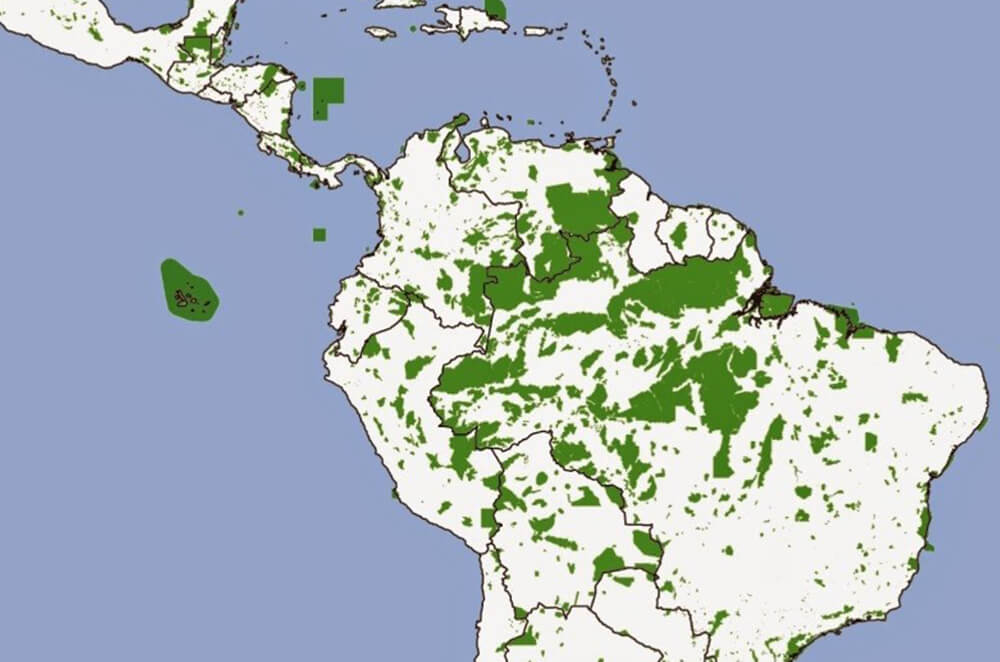
Protected Areas in Latin America: What are they and why do they matter
Fecha: 27/10/2023
There are more than 100,000 protected areas worldwide. These natural sanctuaries cover about 15% of the Earth's land surface, which is an area larger than the combined territories of China and India.
In Latin America, where nature conservation and human development are particularly intertwined, there are 1,949 protected areas, covering a total territory of more than 211 million hectares.
But what are protected areas, and why were they created? The term "protected areas" encompasses various categories but, in general, refers to designated spaces, whether terrestrial or marine, where biodiversity, natural and cultural resources associated with the area are protected. Human activity is not necessarily prohibited in protected areas, but the designation ensures the sustainable use of their resources.
What are protected areas for?
These territories have many essential functions with wide-reaching implications that go beyond biodiversity conservation, as important as this is. Protected areas help maintain clean air, water, and soil, but they also help mitigate climate change and provide income and livelihoods for millions of people.
Moreover, for many communities living in or near these areas, especially in Latin America and the Caribbean, protected areas hold cultural and spiritual value, as the heritage of these communities is often deeply connected to the surrounding nature.
Furthermore, protected areas can help secure our future on Earth:
Energy Transition
It is clear that the world needs to move away from traditional energy sources and seek renewable solutions like solar, wind, and hydropower. The transformation of the energy matrix in Latin America and the Caribbean is primarily based on hydropower, and for this transition to take place, we need the region's protected areas.
In Peru, for example, more than half of the water and a significant portion of installed capacity for hydropower come from protected areas. In Venezuela, the Caroní River has significant electricity generation potential, so it’s very good news that 86% of its basin is located in protected areas.
Health and Medicine
The health of an ecosystem directly impacts the people living within or near it. But it also affects those who are farther away: for example, forests serve as natural barriers against the spread of diseases like malaria and ebola.
Additionally, protected areas offer hundreds of natural remedies and medicinal plants used not only by local communities but also by major pharmaceutical companies in developing medicines. For instance, Cyclosporine, an immunosuppressant drug widely used in organ transplants, was obtained from Norway's Hardangervidda National Park in 1969.
Climate Change Defense
Protected areas help increase our resilience to climate change. When ecosystems function correctly, they regulate the climate and the hydrological cycles, resulting in less drastic temperature changes and access to freshwater even in times of drought. Reduced deforestation also means more carbon sequestration by trees and fewer sediments polluting water sources.
Given these facts, it’s easy to conclude that although protected areas were originally established to preserve biodiversity, keeping these areas healthy is actually a way to protect and preserve ourselves.
